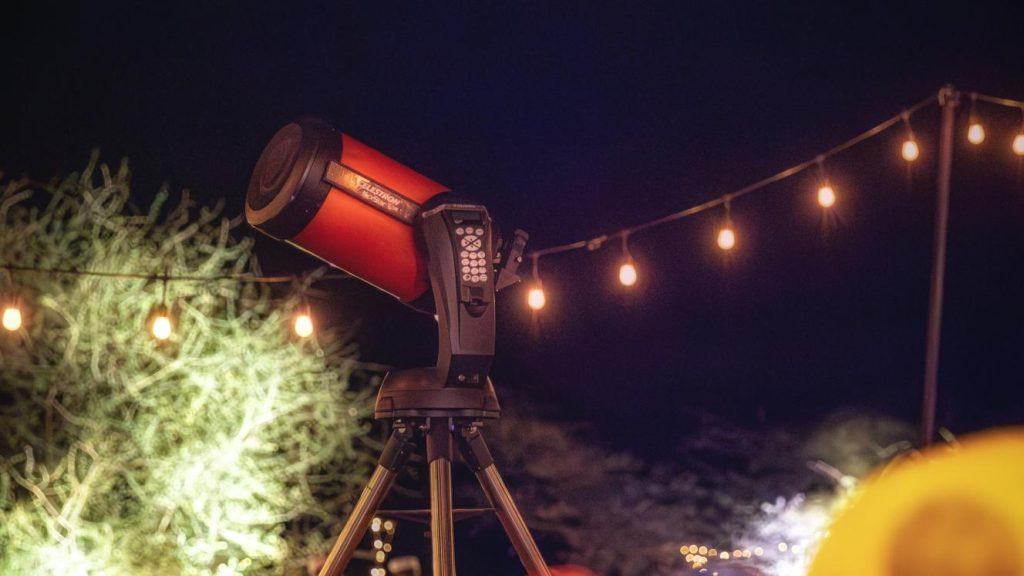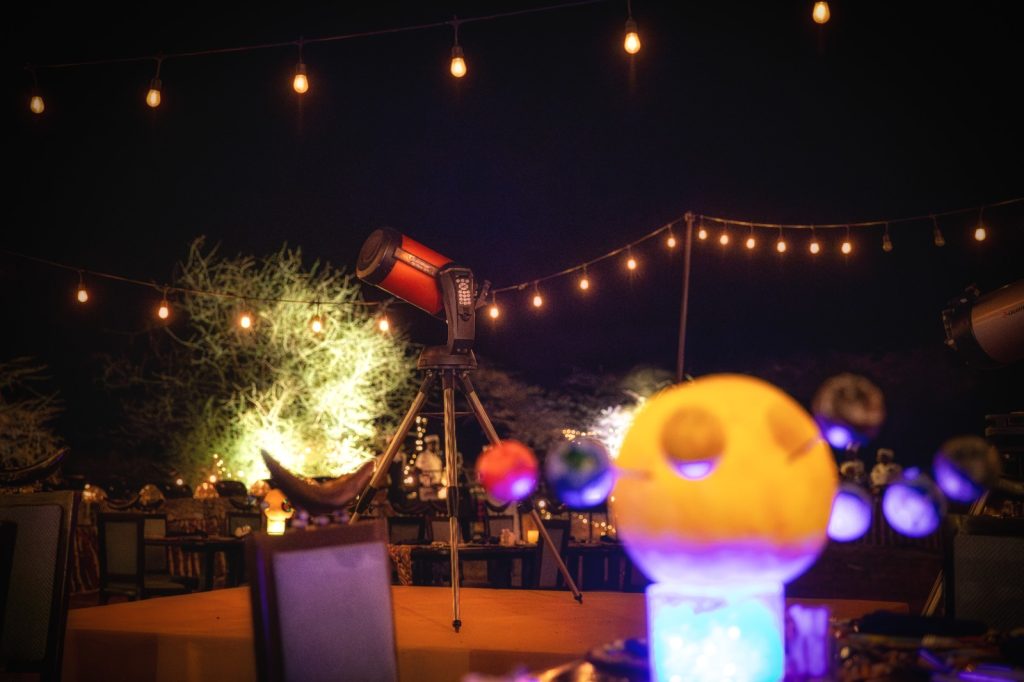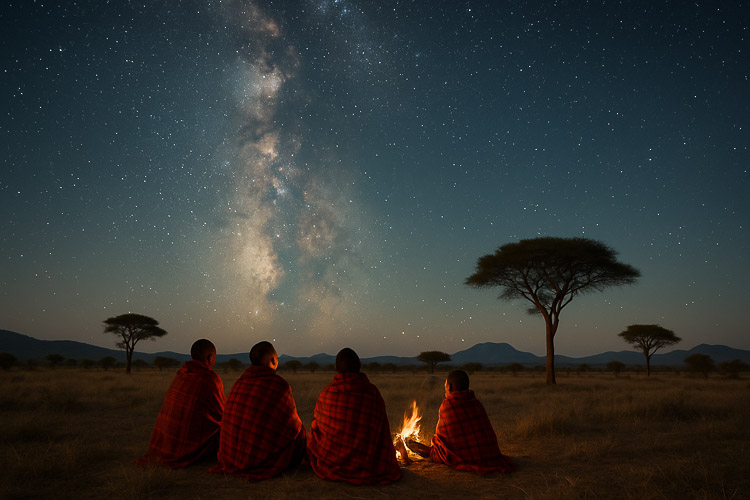Across global travel, after-dark experiences are moving from novelty to mainstream, a shift widely described as noctourism. Astrotourism sits within this broader trend, focusing specifically on the night sky through stargazing, astronomy talks, and celestial events. Recent reporting notes strong traveler interest in night safaris, sleep-outs, and stargazing, with surveys indicating that well over half of respondents now consider night-focused activities when planning trips. In East Africa, this momentum pairs naturally with clear skies, low light pollution outside cities, and wildlife that is most active after dusk.

Samburu, Kenya’s showcase for the stars
Samburu has emerged as Kenya’s focal point for astrotourism, combining science-led sky viewing with cultural storytelling under exceptionally dark equatorial skies. In September 2025, Kenya formally launched an astrotourism initiative in Samburu that included a planetarium reveal and guided night sky experiences timed to a total lunar eclipse, widely covered by regional and industry outlets. The area’s selling points include minimal light pollution, views of both northern and southern constellations, and lodge programs that blend telescopes with local star lore.



What noctourism looks like on the ground
In Samburu and other East African parks, after-dark itineraries commonly pair daytime game drives with night activities such as guided stargazing, fly-camping, and carefully managed nocturnal drives that highlight owls, small cats, and other elusive species. Lodges and outfitters describe new moon periods as prime time for visibility, with programs that add astrophotography tips, laser-guided constellation tours, and interpretation that links the night sky to local culture. These offers are designed to extend length of stay, spread visitor pressure beyond peak daytime hours, and give travelers a distinct reason to choose specific parks and seasons.
Beyond Samburu, across East Africa and the continent
The broader region is leaning into dark-sky assets. Operators in Kenya and Tanzania market star-bed experiences and sky decks, while southern African destinations promote astronomy nights in reserves that are naturally shielded from urban glow. Trade and consumer coverage reflect a wider uptick in demand for night-centric travel, positioning Africa’s wilderness as one of the world’s most compelling open-air observatories.
Why this matters for destinations and communities
Noctourism, including its astrotourism subset, adds depth to the product mix. For destinations, it creates new revenue windows in cooler evening hours, reduces daytime crowding, and encourages longer stays. For communities, it opens space for cultural programming such as indigenous star stories and night markets designed with low-impact lighting. For travelers, it delivers quieter encounters with nature and the sky. Industry analyses suggest the trend will remain strong through 2025 and beyond, reinforcing the case for training night guides, protecting dark skies, and packaging after-dark options with clear safety and conservation standards.

What’s next
Kenya’s Samburu launch signals a coordinated approach that links product development, investment, and storytelling around the night sky. Lodges are formalizing telescope-assisted viewing, star dinners, and planetarium-style programming, while national and county partners explore how to expand similar nodes in other dark-sky zones. The lesson for East African and African destinations is straightforward. Protect the night, train for it, and present it as a signature experience that complements wildlife and landscapes by day.
